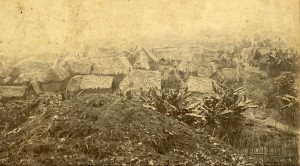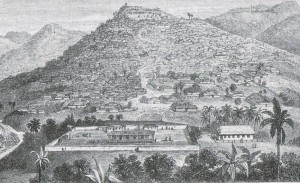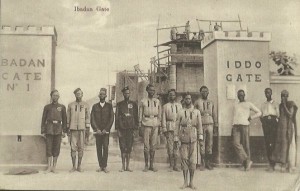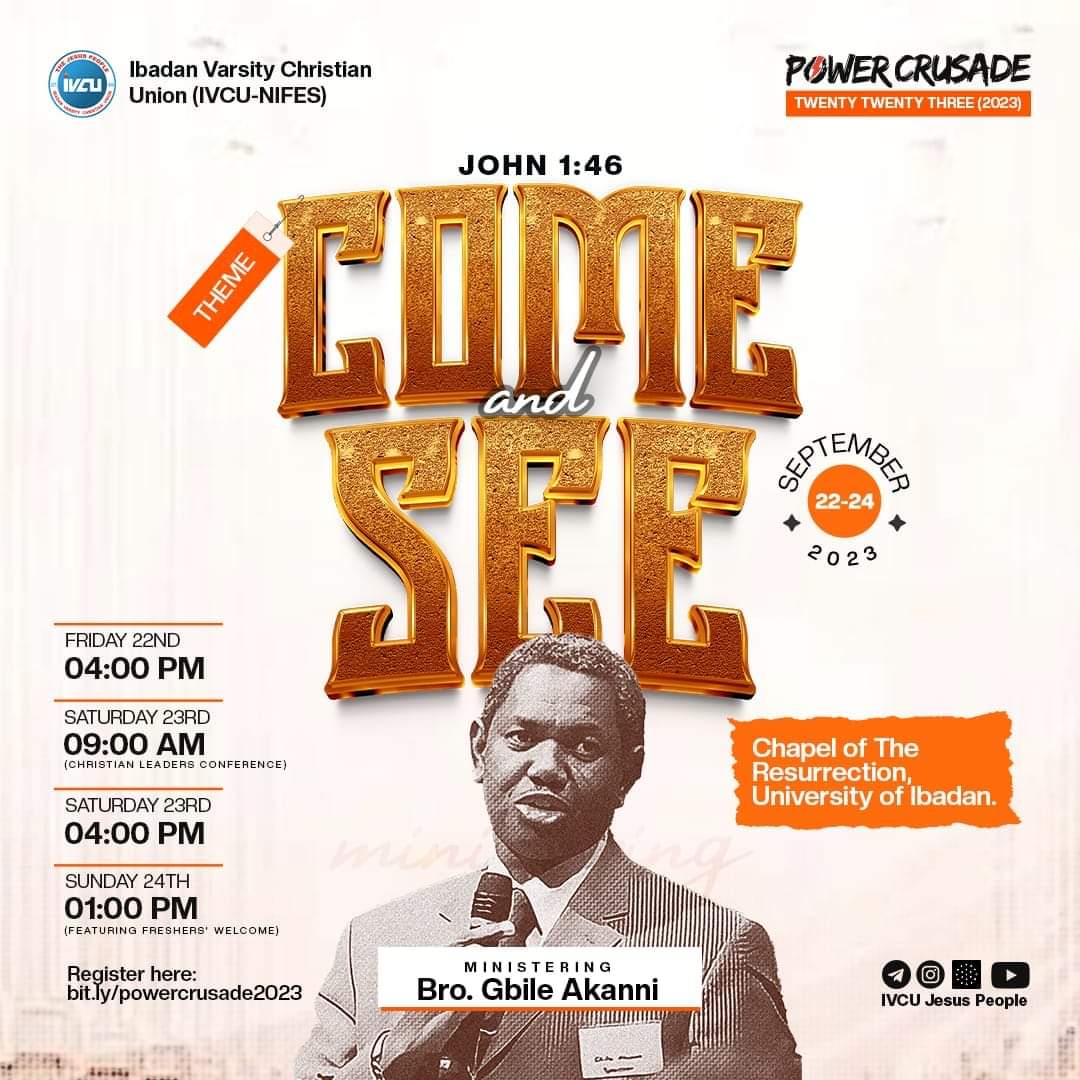
Ibadan Empire had its history started early in 1829 while Oyo Empire was tethered along political cracks and rising infightings. Dissident soldiers vacated in the company of extracts from Ile Ife, Oyo and Ijebu in a manner that smashed through the dangling crisis. The fragmentation arose because the Owu was sacked. Before Lagelu and his sympathisers embarked on the journey, they consulted the oracle and were instructed to settle beside the savannah where there were many hills, which earned the settlement the name Eba Odan (beside the savanna). The prosperity of the land made the Alaafin of Oyo (Sango) confer Lagelu the title of Are-ona-kakanfo (generalissimo) of Yoruba army. They were thus legible to feel the flair of a long time celebration.
Egungun debacle at Ibadan
The atmosphere radiated an aura that surrounds the mother community when the Egungun festival burst into magnificence. Every year, a ceremony in honour of the dead took the form of drumming and widespread euphoria. The delectation created a place for their ancestors among the living and an opportunity to offer their blessings. Egungun priests and initiates invoke ancestral spirits which are represented by a selected member from an Egungun family. He is then adorned with a beautifully decorated traditional regalia. The Yoruba culture identifies expensive clothing with power and opulence and so places the masquerade high on the social pedestal. As he dances, his lappets jump around in excitement even as the swaying crowd erupts with a rapturous applause. It is within this acceptance that the masker announces the wish of the ancestors upon the people. The new appendage was caught in this ritual and was in the middle of its thick and thin when things suddenly went awry.
The costume of the masquerade caught the grip of an observer and the robe let loose to reveal a long hidden secret! Children gathered in mockery and even women joined the ignominy. The abominable act tore the celebration apart and soon arrived in the ears of the Alaafin of Oyo. Nudity was indicative of lunacy and the ancestors had been subjected to such height of embarrassment. Sango was further enraged by the presence of women in the scene for they were forbidden from beholding the masquerade. The Oragun of Ila, the Owa of Ijesaland, the Alake of Egba and other Yoruba monarchs were summoned and It was certain Eba Odan would have to slide down the path of destruction.
Rise of Lagelu
Lagelu got wind of the planned invasion and marshaled his warriors. The three year war scattered the settlement on the face of a terrible casualty. The survivors fled to a hill as what used to be an emerging military stronghold went up in flames, ash and smoke. Eleyele hill offered very little for survival. What they could depend upon was the oro fruit and the so many snails that inhabited their new dwelling place. Cultivation of maize served as an additional supplement and because there were no calabashes, the empty snail shells provided a holding for the pap made by the people. The rising tension prompted raids on neighbouring villages. They soon reaped the fruit of their labour when locals refused them marriages with their daughters. Gradually their population deflated and possible extinction stared them in the face. They thus clung to the only lifeline available- marriage amongst themselves. Many women died during labour and even the children that survived were lost not long afterwards. The situation created a wave of panic that discouraged sexual activity. The oracle was needed once more. Songs that increased their interests were encouraged; in an appreciable time, the highland became crawling with babies.
Ibadan founded

After the problem was nipped in the board, the rising number of mouths to feed pushed them out of hiding. Lagelu and his men crawled out of their shadowy existence to be faced with the task of building another settlement which they renamed Ebadan. He assumed a full old age and died leaving behind a politically savvy people. The community expanded and developed into what is now called Ibadan. Eleyele hill ( Oke Ibadan) became a symbol of protection to which they will forever owe a duty of honour.
Ibadan Empire
The new enthroned Olubadan realised he needed a fortification against external aggression and extended a hand of friendship to the Olowu of Owu by giving out his only daughter, Nkan, in marriage. Trouble however started when Olowu after returning from a war campaign and denied passage by the angry river Oba, surrendered Nkan as sacrifice! This landed on the sore foot of the Olubadan who immediately dispatched emissaries to inform the Alaafin of Oyo and the other Yoruba kings and rulers. After acquiring the needed support he attacked the powerful Olowu of Owu. The Olowu afraid of being captured alive, committed suicide. His kingdom splintered across Osun and present day Ogun State while the remnant in Ibadan was chased away to Abeokuta. Ibadan extended in economic height to such a level that by the end of 1829, it dominated the Yoruba region both politically and militarily. The military sanctuary expanded further following the influx of refugees from fleeing Oyo indigenes. The northern region of Oyo had crumbled to the persistent raids of Fulani warriors. They further pressed them southwards into Ibadan until the battle for resistance was drawn in 1840. The Fulani caliphate pushed beyond their bound and were decisively routed.

Ibadan established its leadership role among the warrior clans who stood up to Fulani invaders. In 1854, with the effort of its statesman-like Balogun, Ibikunle, a truce was reached by major Yoruba kingdoms. In spite of Ibikunle pacific dreams, war broke out with the rival power at Ijaiye. By 1865, Ibadan had become the strongest political force in the territories it once protected. The empire which was formed encompassed all the Oyo speaking areas, Ife, Ilesha, Ekiti, Akoko, and Yagba. For a period of twelve years, Ibadan administered its empire and suppressed revolts within it.
Fall of the Empire
Towns subject to Ibadan authority, jealous of its power, or afraid of its dominion, made alliances in the Kiriji War, also called the Ekiti Papoarpo War to put an end to the empire Ibadan had created. In 1893, the colonial governor of Lagos, George C. Denton obtained from the Baale of Ibadan a treaty for which the town became a British protectorate. Governor Gilbert Carter made Ibadan the capital of the administrative capital of the Yoruba hinterland. It was also the capital city of the old Western region of Nigeria.
Ibadan today
Ibadan is now the capital city of Oyo State, which was created from the old Western region in 1976, and the second largest metropolitan area by population, in Nigeria, after Lagos. It is 128 km inland north east of Lagos and 530km south west of Abuja, the federal capital and is a prominent transit point between the coastal region and the areas to the north. Part of the city ancient protective walls still stand to this day.





















